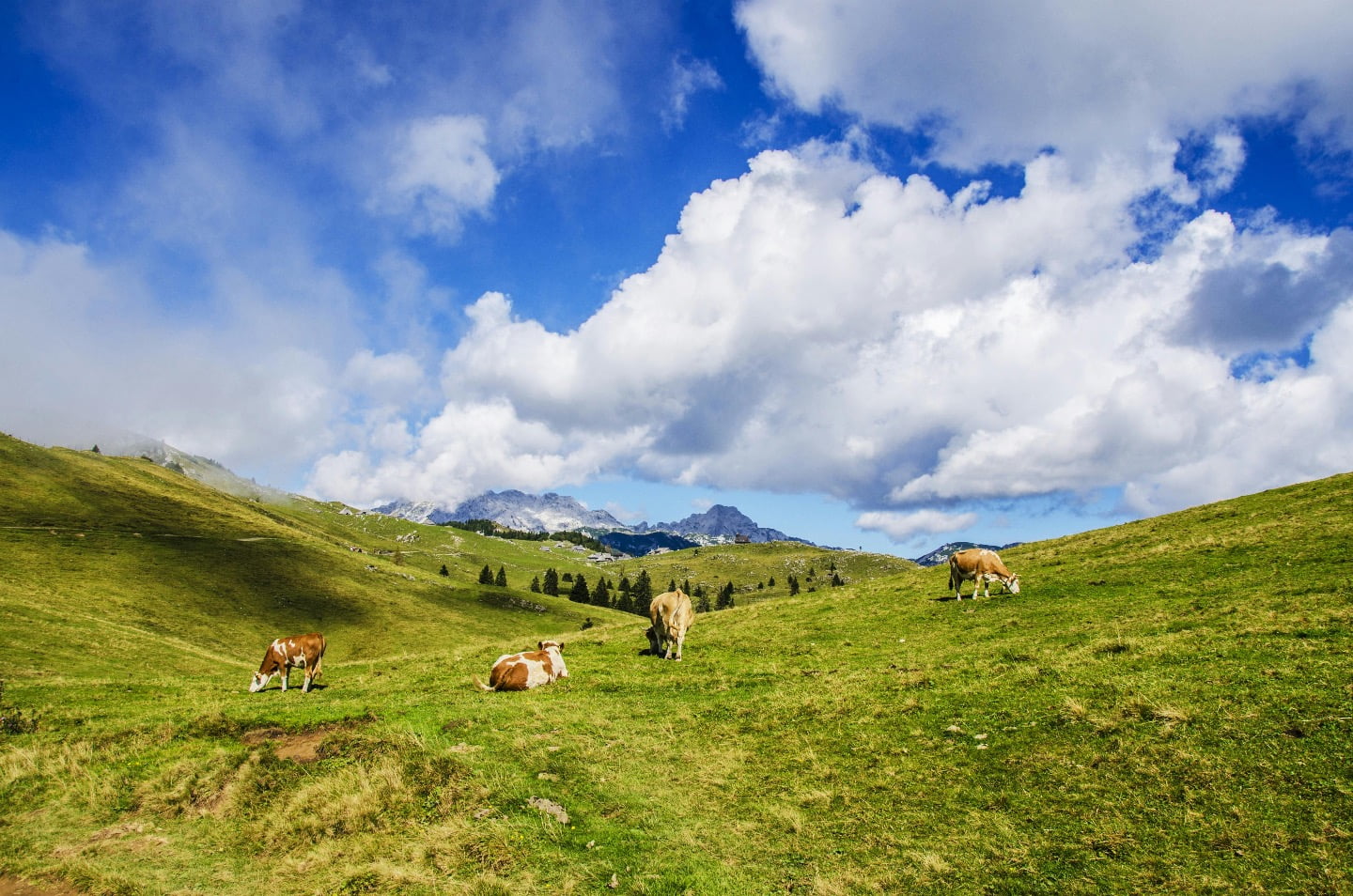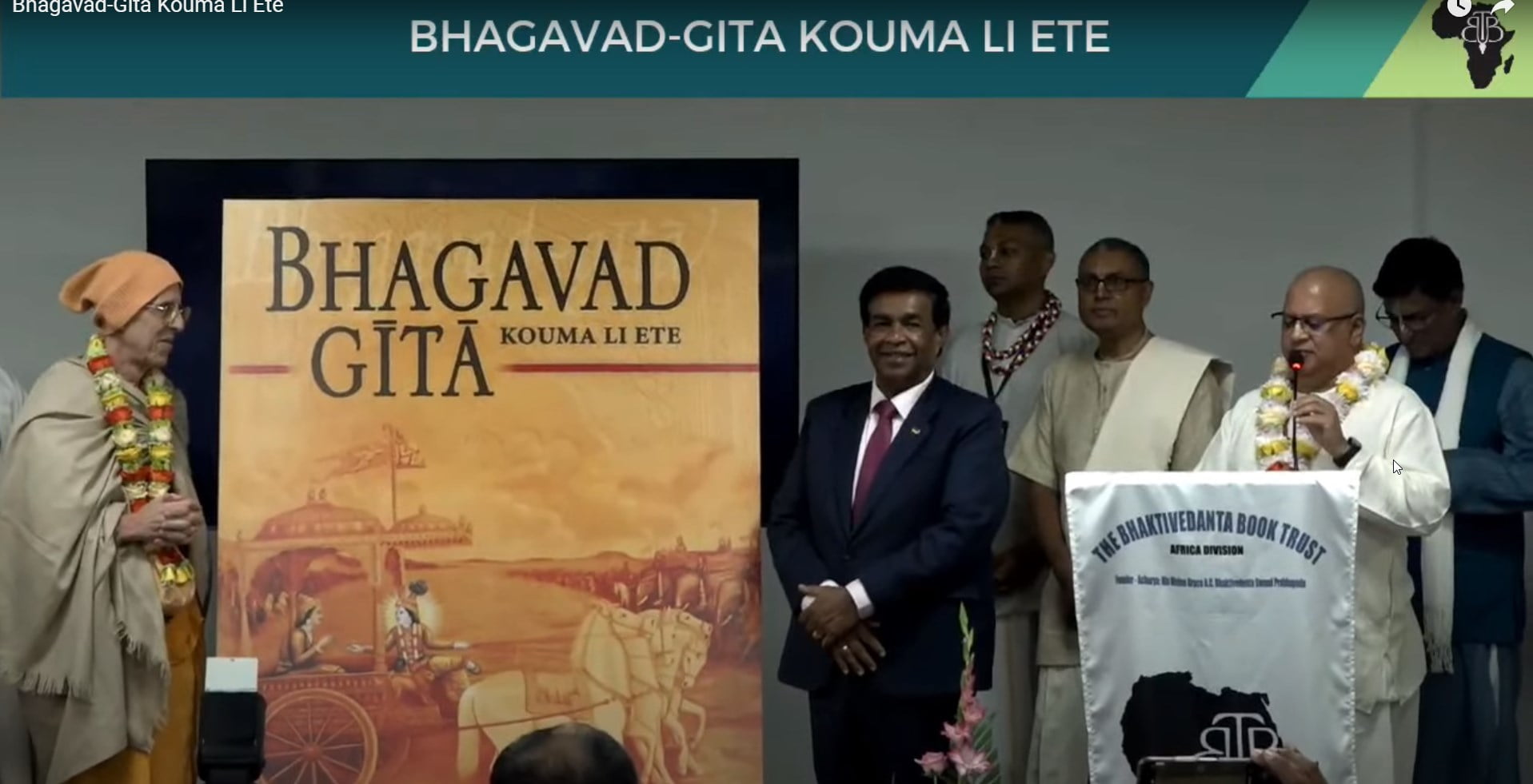New Guru-Disciple Book Makes Complex Subject Accessible
By Madhava Smullen | Sep 16, 2015

This month, the ISKCON Disciple Course – a program introduced in 2012 to help devotees better understand the guru-disciple relationship – became a requirement for initiation into ISKCON. And now, the straightforwardly-named The Guru and Disciple Book, by Prabhupada disciple Kripamoya Das, adds to the complex age-old topic and makes it even more accessible.
Kripamoya, an ISKCON devotee for over forty years, has been teaching a one-day course at the UK’s Bhaktivedanta Manor to prepare new devotees for discipleship for the past decade.
But he felt that intelligent newcomers needed more. So his new 440-page book goes much more in-depth, with 45 chapters and six sections dealing with the course’s main themes.
In it, Kripamoya examines the traditional qualifications, character, roles and teaching methods of the spiritual teacher and student in classical, medieval and contemporary Vaishnavism.
He talks about how we got some of the Sanskrit words we now use to describe the relationship in today’s Hare Krishna movement. He discusses the order of saffron-robed monks – the sannyasis or swamis – which came to embody the principle of guru in post-mediaeval India. And he explores how the guru-disciple relationship worked in ancient times.
He also describes the struggle in transplanting the tradition from India to America and the rest of the world, then from ISKCON’s founder-acharya Srila Prabhupada to the next two generations of disciples.

“We are now trying to make it firm so that it continues for generations to come,” he says. “Ensuring the authenticity and spiritual validity of the relationship between spiritual teacher and student is a key to ISKCON’s future success.”
According to Kripamoya, one way to do this is for ISKCON to uphold the depth of the relationship described in the scriptures, and to not play into the modern aversion towards having a guru figure telling one what to do.
Another is to reduce the physical distance that often exists between the average guru and disciple in ISKCON, and to free gurus from some of their multiple roles as preachers, managers, and traveling monks. This would lessen the stress and “clergy burnout” that has caused problems in the past, and ensure a closer, more mutually fulfilling relationship between guru and disciple.
“Some fine tuning would serve to bring the guru-disciple relationship back to a more classical mode and thereby make it more stable for coming generations,” says Kripamoya.
The Guru and Disciple also discusses ISKCON’s history honestly, and gives examples from other sampradayas to show how some of the problems ISKCON has faced are quite par for the course in Vaishnava movements.
“Information about ISKCON – our great successes and contributions as well as low points and guru scandals – is readily available on the Internet,” Kripamoya says. “The average new prospective disciple has to navigate this minefield of historical fact and fiction, and they struggle with forming an opinion sometimes. It can affect their faith both before and after initiation. ISKCON’s critics can also be extremely uncharitable, so people seem to appreciate an honest look at our history, and our present, coming from within the institution.”
The Guru and Disciple Book concludes with a step-by-step guide to finding a guru and preparing oneself for initiation in ISKCON today.
“I’ve included some helpful self-analytical advice so that people can circumvent that rush of emotion that might have them feeling they’re ready when they’re not,” Kripamoya says. “And I also have some words for those who take forever to make up their minds. Both are unhelpful states of mind!”
Kripamoya’s work comes with a forward by ISKCON guru Bhaktivijnana Swami, describing it as a ‘beautiful book,’ and recommending it highly to new devotees and the seniors who care for them.
It is available on Amazon UK, USA and India, and will be stocked in temple stores around the world.












